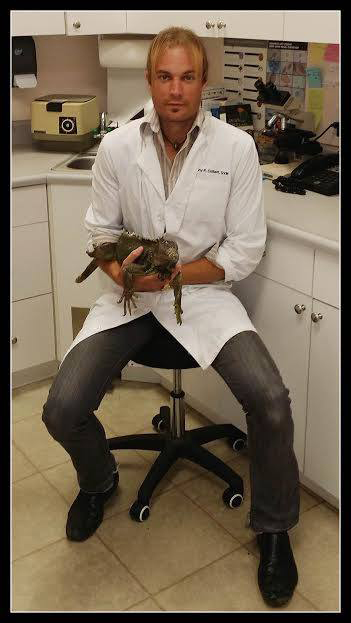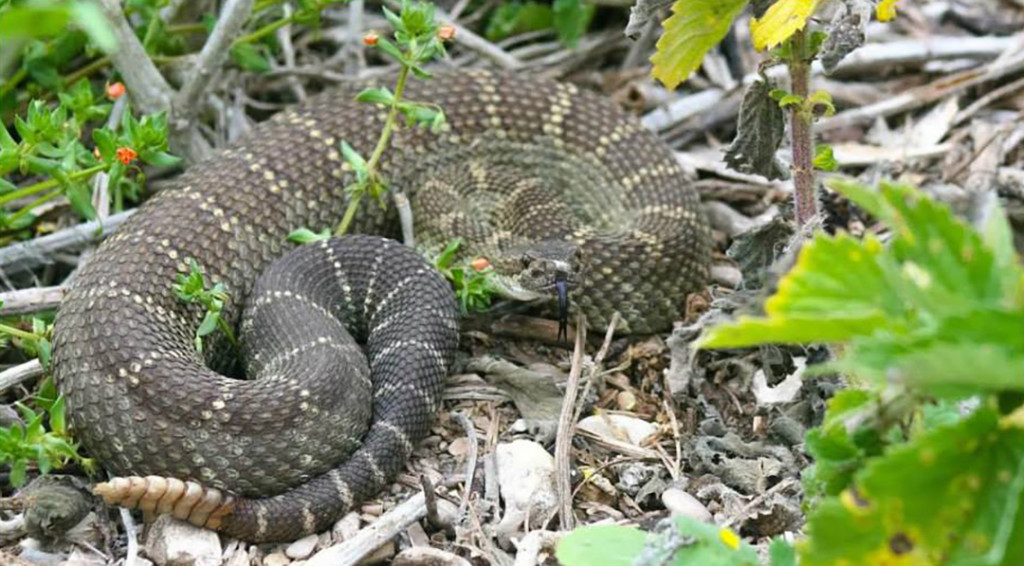As a child I was enthralled with reptiles, mesmerized by the unending stare of a snake and the myriad geometric patterns and colors of turtle and lizard scales. I would spend hours trekking through nearby fields and streams in search of all things slimy and scaly- a habit I never grew out of. Growing up in the Midwest, species of the western US up until now were encountered only as pictures in books and childhood daydreams. After relocating to the west coast, much of my free-time is spent in the field attempting to catch a glimpse of the native reptile and amphibian species of central California. More recently, I have become interested in identifying and untangling the seemingly unfathomable number of bird species found here on the Central Coast. As I encounter local species of reptiles, amphibians and birds I will be posting pictures of these animal encounters along with interesting natural history facts about each specimen. There is so much beauty within the world to be discovered and appreciated; why not start in one’s own backyard.

Here we have a beautiful example of Crotalus oregonus oregonus, the Northern Pacific Rattlesnake. This species is the only venomous snake found in central California and is an incredible animal! Adults can reach nearly 5 feet in length; however, an adult size of 2.5-4 feet is much more common. Like all snakes, the Northern Pacific Rattlesnake is a carnivore, meaning that this species only eats meat. Smaller individuals will feed on lizards, frogs, and insects; adults will eat birds, ground squirrels, mice, rats, and rabbits. As far as rattlesnake species go, the Northern Pacific Rattlesnake is rather mild-mannered. Contrary to popular belief, the rattlesnake will usually only bite if startled, cornered, or provoked. When happened upon, most rattlesnakes will normally try to avoid confrontation by making a slow retreat into a nearby hiding place.
 In a bit, we’ll take a closer look at some of the features that make the rattlesnake such an amazing animal!
In a bit, we’ll take a closer look at some of the features that make the rattlesnake such an amazing animal!
